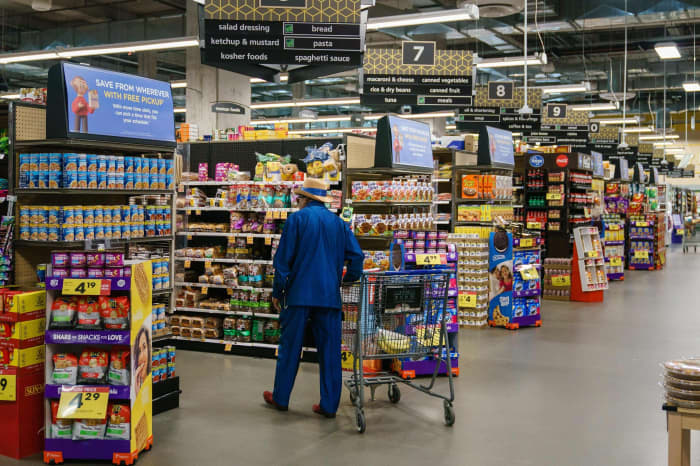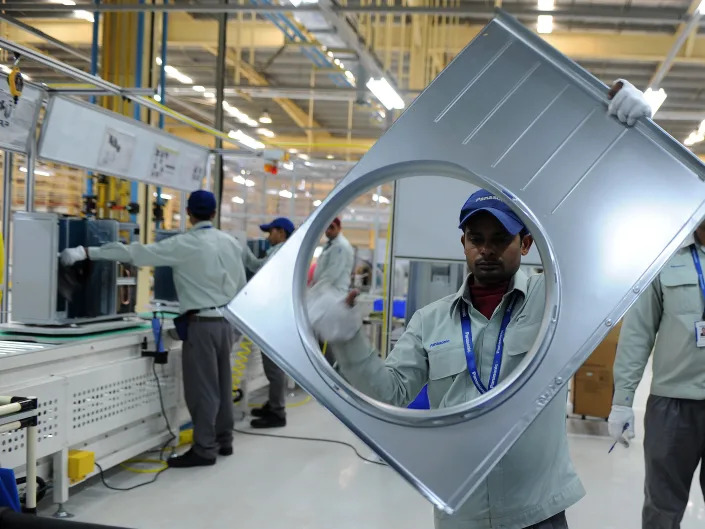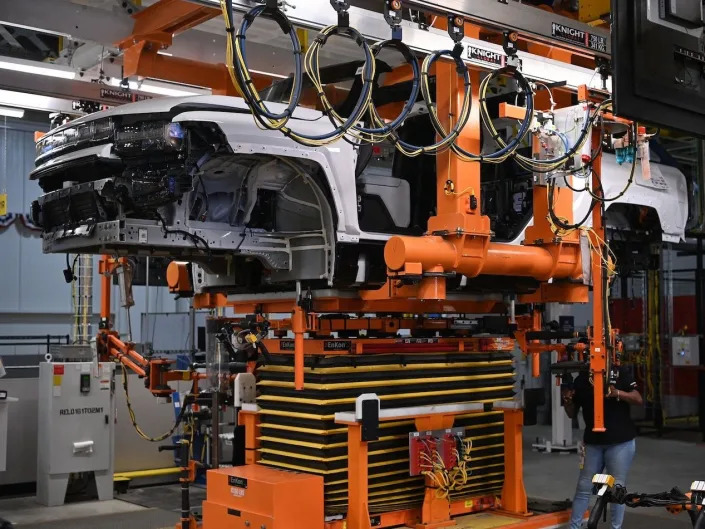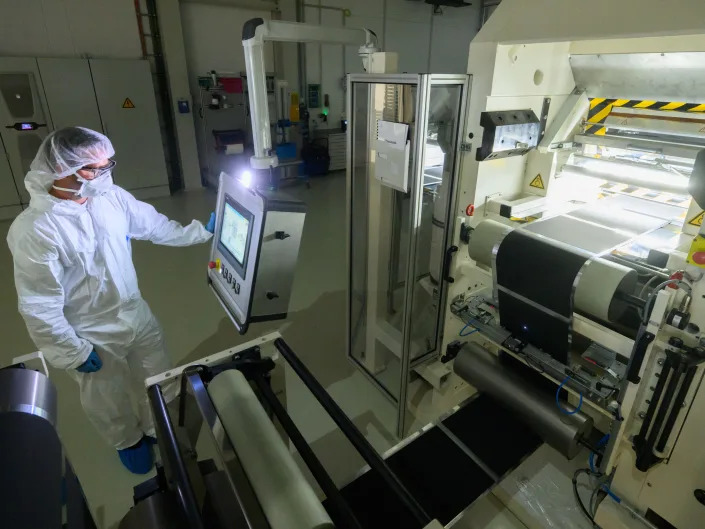Tesla's Troubles Are Piling Up While Elon Musk Is Distracted With Twitter
(Bloomberg) — While Elon Musk is busy overhauling newly acquired Twitter Inc., Tesla Inc. is facing increasingly urgent issues and testing the faith of some of its chief executive’s biggest fans.
Weakening demand in China is forcing the electric-vehicle maker to slow production and delay hiring at its Shanghai factory. Its top executive for that market has been called in to help out at its newest plant, in Texas, which isn’t ramping up as planned. And Tesla’s stock, which has lost more than $500 billion in market value this year, is under renewed pressure as Musk’s advisers weigh using the billionaire’s shares as collateral for new loans to replace Twitter debt.
The revelations just from the past few days have raised concerns with shareholders already worried about Musk’s priorities since he took the helm of yet another company.
“Tesla board is missing in action,” Leo KoGuan, one of Tesla’s largest individual shareholders, tweeted Wednesday as he suggested a stock buyback. He and another outspoken Tesla investor, Ross Gerber, are calling for the board to add a director who would represent retail shareholders.
Musk himself has said he has “too much work” on his plate, and is handling it by sometimes sleeping in the office. Whereas in the past he slumbered at Tesla facilities, lately he’s hibernated at Twitter’s San Francisco headquarters.
”I continue to oversee both Tesla & SpaceX, but the teams there are so good that often little is needed from me,” Musk tweeted Thursday. “Tesla Team has done incredibly well, despite extremely difficult times,” he said earlier in the day, citing the European energy crisis, real estate downturn in China, and US interest rates as macroeconomic challenges.
The volatile recent stretch muddies the close of a year in which Tesla is still expected to achieve record sales and retain its crown as the world’s largest EV maker. It hasn’t been immune, however, from the slowdown in China’s car market and recessionary conditions in Europe. In October, Chief Financial Officer Zachary Kirkhorn said the company expects to come up just short of the 50% growth in vehicle deliveries that the company has repeatedly said it’s expecting over several years.
Tesla’s plant in Austin, Texas, is scaling slower than expected, with a new form of lithium-ion battery cells not yet ready for volume production. Against that backdrop, the company tapped Tom Zhu, a key executive in China who oversaw construction of the Shanghai factory, to oversee operations in Austin, Bloomberg reported Wednesday.
In Shanghai, Tesla is shortening production shifts and delaying start dates for some newly hired employees, Bloomberg reported Thursday, the latest signs that demand for Tesla EVs in China isn’t meeting expectations. That came after Bloomberg reported earlier this week that Tesla planned to cut production on the Model Y and Model 3 production lines in Shanghai by about 20%.
Tesla will have a lot on its plate in 2023. The company recently started delivering its long-awaited Semi truck several years late and plans to finally start producing its first pickup, the Cybertruck.
The buyback some investors have been asking for may also be in the cards. Musk said during the company’s last earnings call that the board generally thought a buyback made sense, and that something on the order of $5 billion to $10 billion was possible. Last month, he tweeted that the decision will be up to Tesla’s directors.
Musk and Tesla didn’t respond to requests Thursday for comment. A representative for the company said earlier that Bloomberg’s report of plans to cut output in Shanghai was “untrue,” without elaborating.
Tesla shares slipped less than 1% at the close in New York, trading lower for a fourth consecutive day. The stock has plunged 51% this year.
—With assistance from Chunying Zhang.















